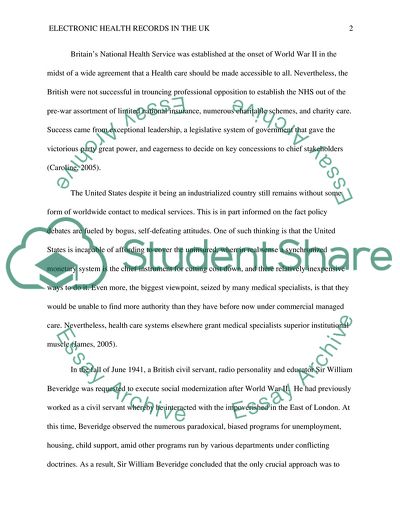Cite this document
(Electronic Health Records in the UK Report Example | Topics and Well Written Essays - 1250 words, n.d.)
Electronic Health Records in the UK Report Example | Topics and Well Written Essays - 1250 words. https://studentshare.org/information-technology/1768196-the-implementation-of-electronic-health-records-in-uk
Electronic Health Records in the UK Report Example | Topics and Well Written Essays - 1250 words. https://studentshare.org/information-technology/1768196-the-implementation-of-electronic-health-records-in-uk
(Electronic Health Records in the UK Report Example | Topics and Well Written Essays - 1250 Words)
Electronic Health Records in the UK Report Example | Topics and Well Written Essays - 1250 Words. https://studentshare.org/information-technology/1768196-the-implementation-of-electronic-health-records-in-uk.
Electronic Health Records in the UK Report Example | Topics and Well Written Essays - 1250 Words. https://studentshare.org/information-technology/1768196-the-implementation-of-electronic-health-records-in-uk.
“Electronic Health Records in the UK Report Example | Topics and Well Written Essays - 1250 Words”. https://studentshare.org/information-technology/1768196-the-implementation-of-electronic-health-records-in-uk.


